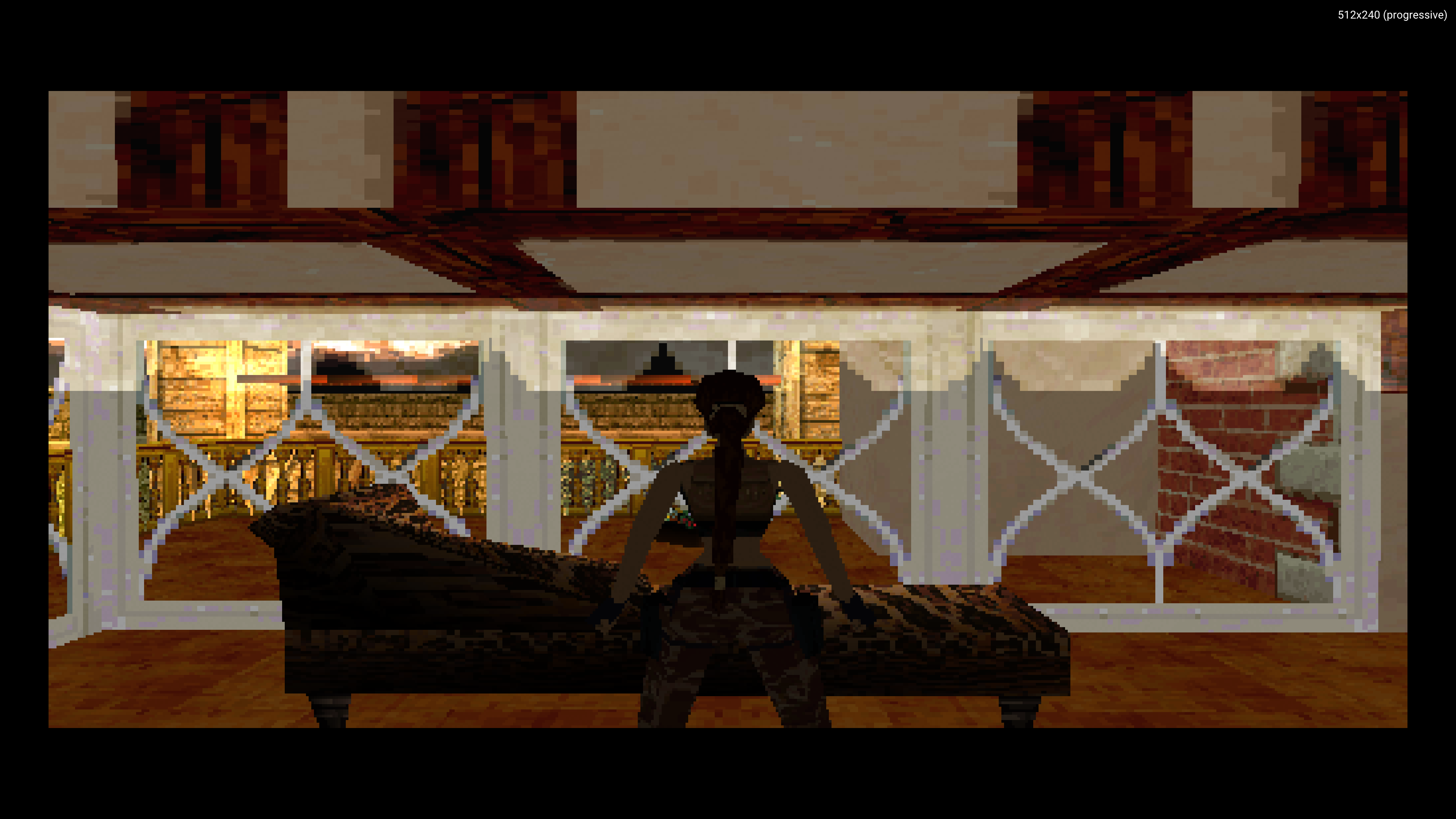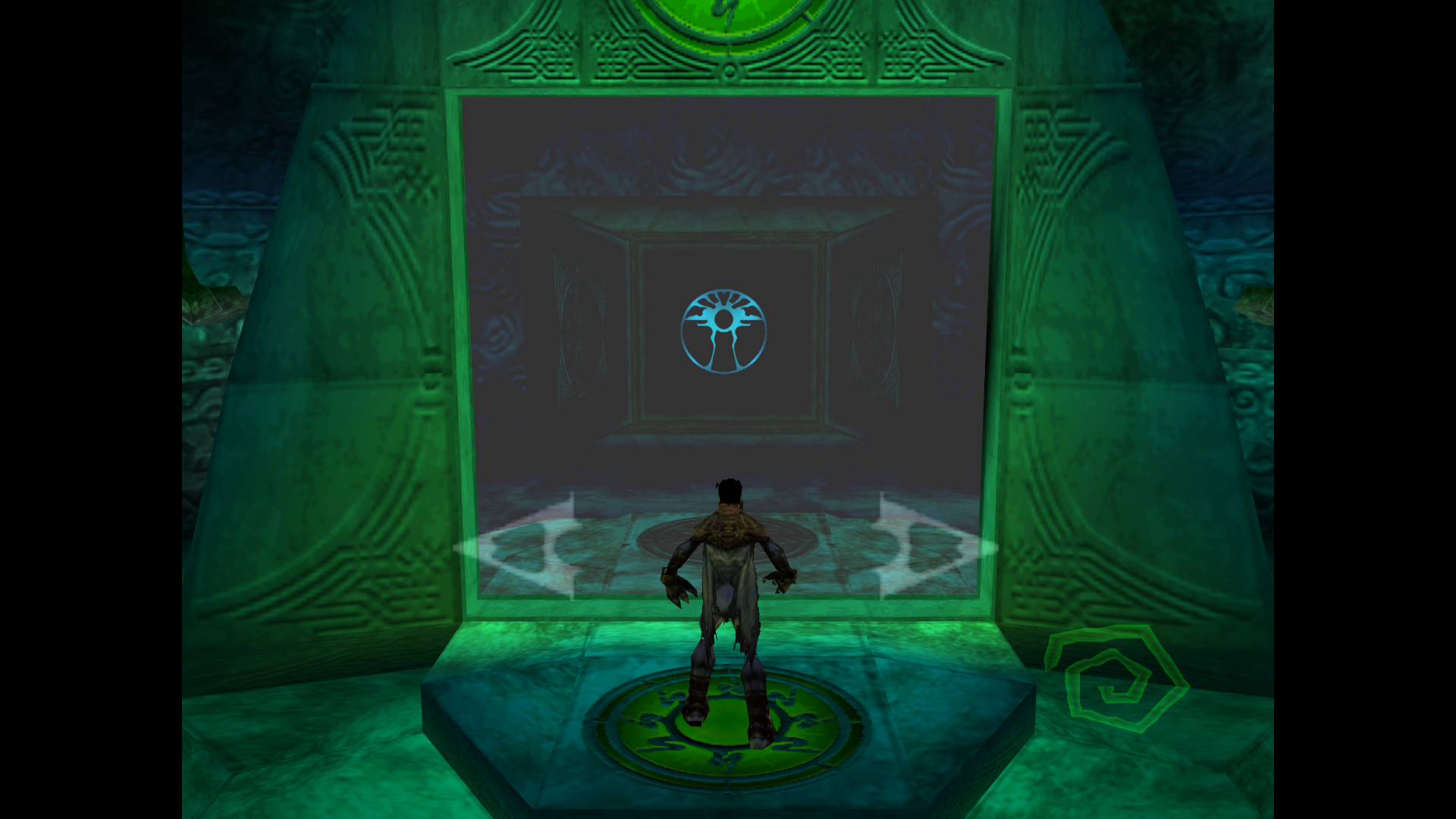

- #LITTLE BIG ADVENTURE ASPECT RATIO PS1 FIX MOVIE#
- #LITTLE BIG ADVENTURE ASPECT RATIO PS1 FIX FULL#
- #LITTLE BIG ADVENTURE ASPECT RATIO PS1 FIX PS3#
A Jeep commercial starts out in approximately 3.75:1 (19:4), but expands to 16:9 by the end.In two early advertisements for the US Space Force, most of it is in Cinemascope ratio, but opens to 16:9 at the end.This Allstate ad is made in 16:9, but the Show Within a Show is in Cinemascope ratio.
#LITTLE BIG ADVENTURE ASPECT RATIO PS1 FIX PS3#
It wasn't until the PS3 onward that widescreen display modes would become the norm. This reflects the display modes predominantly used by the consoles - most PS1 titles are presented in 4:3 (although a handful do offer 16:9 support), but the PS2 had more games that support widescreen mode though 4:3 is still commonly used at the time. It starts off in the PS1 era in 4:3, and when it moves on to the PS2 era, the aspect ratio shifts to 16:9.
#LITTLE BIG ADVENTURE ASPECT RATIO PS1 FIX FULL#
See also Open Matte, which not only preserves the full image that letterbox does, but also adds more image where the black bars would be. are added to the screen to change its aspect ratio.

They can even be filled with the TV station's ID. It's also common for TV shows to letterbox 4:3 content and have a cropped and blurred version of the same video play in sync inside the letterbox. Woody Allen's Manhattan was released to home video with grey letterboxing at first. See also Letterbox, when black bars note They aren't always black. Compare Monochrome to Color when the color palette changes within a work. This is seen in the IMAX versions of major motion pictures filling an entire IMAX screen, doing its best to fill a viewer's entire field of view. Ironically, making something wider than Cinemascope conveys constraint and/or claustrophobia.Ī trend starting in The New '10s note The trend-setting example is The Dark Knight in 2008, but wouldn't become common until the Tens involves making the screen taller to make something feel more epic, in contrast with the "wider is epic" mindset instilled since the Widescreen Revolution of The '50s (or widescreen TV in the 2000s for that matter). It could also signal a medium switch from film to TV or visa versa.Īnother possible use is the use of Cinemascope (2.39:1) ratio to display that something is epic, or to signal a switch to a Show Within a Show. The latter is often combined with Deliberate VHS Quality. For example, 4:3 (or its close cousin 1.375:1, aka Academy ratio) can be used as a Retraux touch to signal that something was made in The '50s or earlier if it's on film, or Turn of the Millennium or earlier if it's TV. This can be used to signal transitions between different eras, as different aspect ratios were common in different eras.
#LITTLE BIG ADVENTURE ASPECT RATIO PS1 FIX MOVIE#
It was common for Pan and Scan home video releases of some older movies to have parts in widescreen that would lose too much of the picture when cropped, most often the credit sequences, while the rest of the movie was shown in pan and scan.

Transitions that happen between installments can signal that a work that started in analog television's 4:3 ratio has been adapted to HDTV's 16:9 ratio. The switch can be done either by the frame dynamically moving to fill the screen, or by a quick cut to another aspect ratio. This is when the screen's Aspect Ratio changes to indicate a shift between eras or realms, to provide an artistic feel to the story or emphasize the intensity of the situation.


 0 kommentar(er)
0 kommentar(er)
